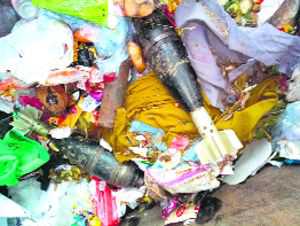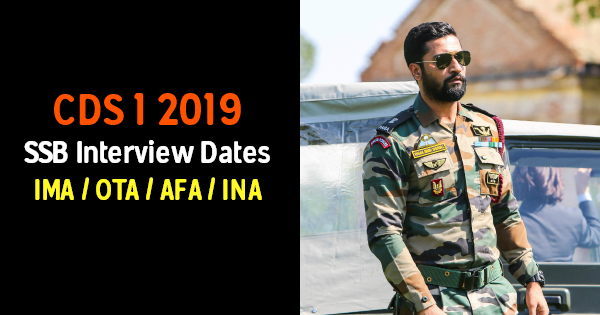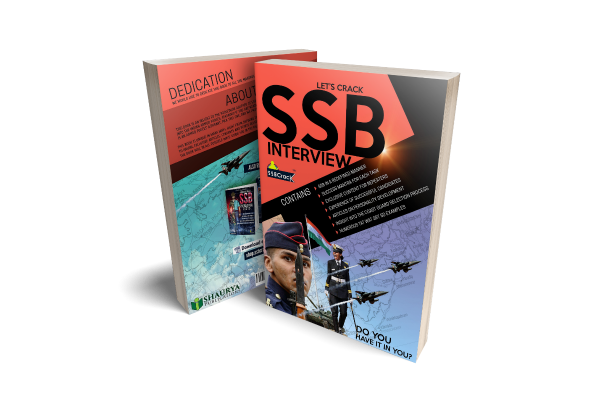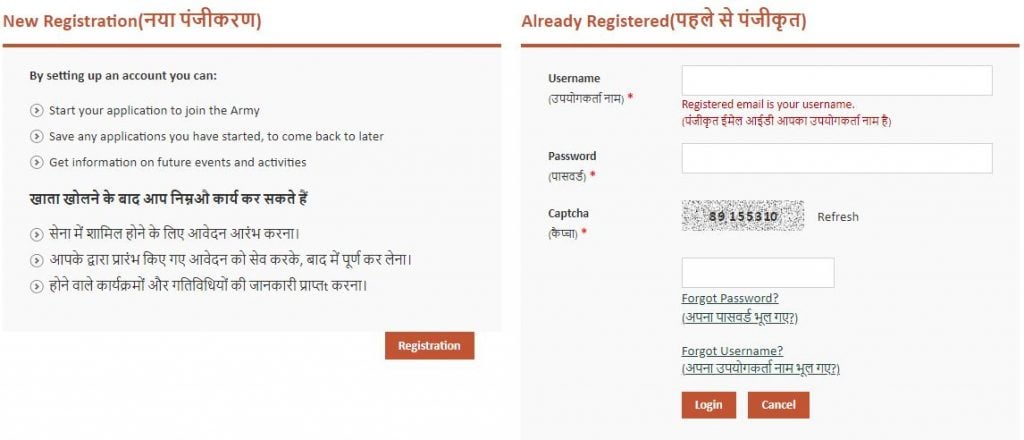The perilous penchant for tailoring operational missions to meet the ruling administration’s political demands has degenerated into a symbiotic, and mostly accepted, relationship between military officers and politicians. The latter use service personnel for political profit, while the soldier pursues career betterment and re-employment after retirement.
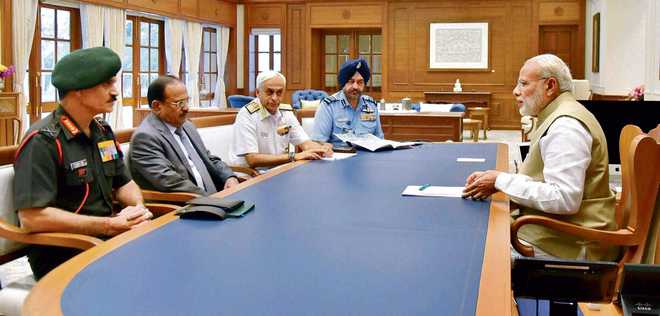
Law enforcement: The Army, in particular, has been turned into an instrument for permanent crisis management.
Rahul Bedi
Senior journalist
The politicisation of India’s 3.5 million-strong military is a fiercely debated subject today. But in this passionate and largely irresolvable argument, the uniforms’ culpability in pleasing the politician is rarely dwelt upon. This is because it has become an axiom that the military remains sacrosanct, commits no wrong and its behaviour is unchallengeable and beyond reproach. Inversely, the services also wallow in the portrayal of themselves as the politician’s hapless handmaidens. But in recent years, they have conveniently tailored many of their operational postures and missions to meet the ruling administration’s political demands, regardless of the situational requirement.
This perilous penchant has degenerated into a symbiotic, and mostly accepted, relationship between military officers and politicians: the latter use service personnel, especially from the Indian Army, for political profit, while the soldier pursues career betterment and re-employment after retirement. This cosy relationship is further cemented by the soldier and politician jointly ‘inventing’ triumph and manufacturing success through an increasingly pliable media. Doubtlessly, this furthers their respective interests, but ends up insulating public opinion from insider reality.
In the process, the Army, in particular, has been turned into an instrument for permanent crisis management, deployed to contain insurgencies in the North-East, Kashmir and earlier in Punjab. Its role has been reduced to that of a better-trained,
-equipped, -disciplined and more feared constabulary in olive green.
It continually substitutes the vast state police forces and federally managed paramilitaries that collectively outnumber the Army twice over but have proven woefully inadequate in ensuring security. And though the Army considers its employment in counter-insurgency and related hybrid warfare operations to be an indicator of operational flexibility, many insiders concur that this law- enforcement role detracts majorly from its primary function as a military force.
Over decades, the lament of senior officers also is that the military’s standards and value systems have irrevocably plummeted, in keeping with the overall societal deterioration in probity and ethics. Handily, this decline is explained away as a harsh fait accompli, an inescapable reflection of the national decline in norms and ideals.
But the Indian society in general, confronted with an apocalyptic and irreversible decay in political, official and public standards, still somehow expects better from its soldiery. It continues to desperately seek some form of uniformed noblesse oblige, which unfortunately is now a distant mirage.
Till the eighties, military officers were considered upright, respected in society and eagerly sought after by girls. Retired soldiers talk nostalgically of the days when a mere note from the commanding officer on behalf of any jawan to the local authorities back in his village, carried weight and ended up resolving niggling administrative complications. Those were times when the esprit d’ corps in the apolitical services was strong and invitations to riotous and swinging regimental officers’ messes, much sought after. Salaries were low, but the lifestyle lavish and large-hearted in what was largely a gentleman’s army, rive with regimental tradition and chutzpah.
Hoary colonial traditions, too, contributed to this environment, making military service even more attractive in a swiftly changing social milieu, particularly after Independence.
In reality, many officers were eager and enthusiastic lads trapped inside grown bodies, all of who were seeking to indulge passions like shikar, riding, polo and outdoor living and danger at state expense. And, much like Freemasons officers, rarely, if at all, discussed politics and religion and if passed over for promotion retired gracefully, confident of their assured status in society. Promotions were merit-based, with undeserving candidates adhering to the Peter Principle and rarely ever crossing their limits of incompetence. Service chiefs and senior commanders brooked no political interference in operational matters and were listened to with respect by the ruling establishment.
The flamboyance, bravery and tactical brilliance of all ranks in the first three wars with Pakistan is well recorded and the subject of study in combat institutions around the world. It is rarely acknowledged, even at home, that in 1971, India’s military single-handedly achieved what even the US, with all its weaponry and hi-tech wizardry, has not managed since World War II: it created a nation — Bangladesh.
The fabled Sam Manekshaw amply vindicated the military’s and the soldiers’ operational independence. After touring the teeming refugee camps in East Bengal in early 1971, crammed with Bengalis fleeing the Pakistan army’s pogrom in East Pakistan, General Manekshaw (later Field Marshal) was asked by an agitated PM Indira Gandhi what the Army would do to control the situation. ‘Nothing’, quipped Manekshaw, to the horror of Gandhi’s entourage of civil servants and ministers, as no one had ever dared to respond so brusquely to the despotic leader. The level-headed Manekshaw then unwearyingly informed her that it would take at least 10 months before his force would be ready for combat for an assortment of tactical and strategic reasons. To her credit, Gandhi listened and Bangladesh came into being.
The disastrous 1962 war with China, however, in which India came off worse and one that heaped ignominy on the country and scarred the Army, was widely acknowledged as a political and diplomatic catastrophe. Over half a century later, the reality behind this rout remains secreted in the inquiry report authored by Major Gen TB Henderson Brooks and Brigadier PS Bhagat, which even Prime Minister Narendra Modi’s brash and macho BJP government has shirked from disclosing.
But after the 1971 victory, India’s military enjoyed an exalted status. But it was one it would gradually lose due in large measure to its internal dynamics, which today are studiously ignored.
In its single-mindedness in seeking parity with their civilian counterparts, the services’ professionalism and apolitical stance began to gradually unravel under successive cadre reviews in 1979, 1984 and 2001-02 executed to enhance career prospects. One of the major casualties was that operational and command and control responsibilities for officers were reduced. It perpetuated a situation where one and two-star officers discharged duties and responsibilities previously performed by junior and mid-ranking personnel. Pressure on promotions, too, created a situation in which many senior ranks served 12-18 months on their posts, leaving them little time to effect any meaningful changes.
Alongside, internal shenanigans in the Army in the late 1990s spawned a ‘caste system’ that effectively ‘Mandalised’ the force, further fuelling resentment and diluting standards. This new complex policy of quotas for combat and support arms upset decades of established practice, whereby merit was the sole criterion for promotion. This enduring ‘Mandalisation’ further depreciated the flagging officer morale, creating unnecessary rifts and frustrations within the Army and prompting competent and independent-minded officers to quit service after becoming eligible for their pension. The Army is imminently undergoing another seismic restructuring but that, as they say, is a far longer and complex saga.



